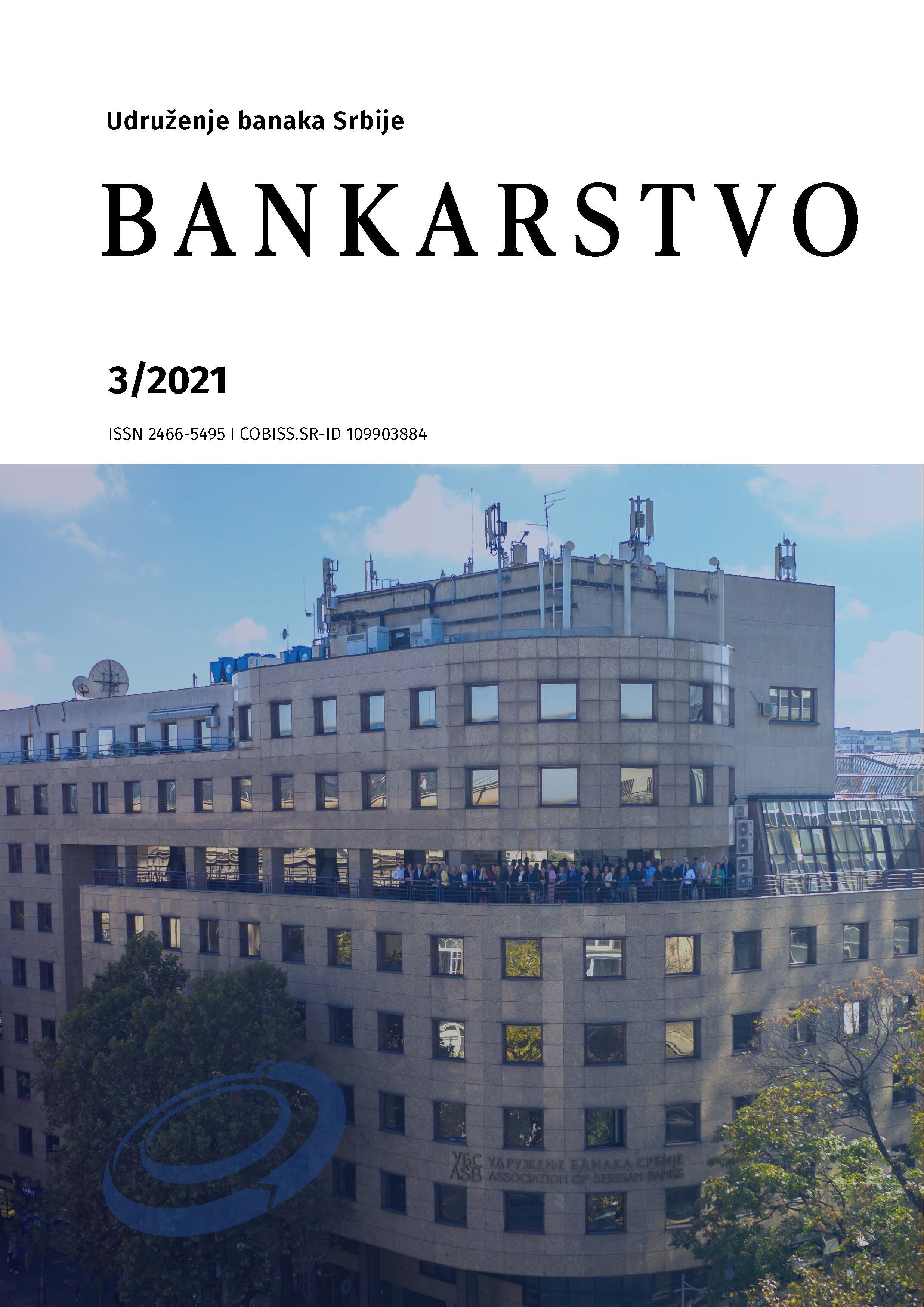Uticaj strukture kapitala na profitabilnost banaka u Federaciji Bosne i Hercegovine
Impact of Capital Structure on Bank Profitability In the Federation of Bosnia and Herzegovina
Author(s): Valentina Bošnjak, Džafer AlibegovićSubject(s): Economy, National Economy
Published by: Udruženje banaka Srbije p.u.
Keywords: capital structure; financial leverage; bank profitability; traditional theory; Modigliani- Miller position; pecking order theory
Summary/Abstract: Research of the relationship between the structure of sources of financing and the value of the company are numerous in developed markets and for non financial companies. However, in the markets of developing countries, and especially in the banking sector, the range of research is much narrower. In this paper, we investigate the existence, direction and intensity of the relationship between capital structure and profitability of banks in the Federation of B&H. The entire population of banks in the Federation of B&H, in the period from 2009-2018, served as a sample. As independent variables, parameters of the structure of financing sources, we chose the debt-to-assets ratio, and debt-to-equity ratio, and as dependent variables, bank value indicators, we took profitability measures, i.e., ROA, ROE, and the net profit margin. In addition to the variables that describe the capital structure, the relationship of which is the topic of this paper, as control variables we used additional variables specific to banks, which describe the bank’s liquidity, credit risk exposure, operating cost management, size, and market share. The impact of the macroeconomic environment is observed through the assessment of inflation and gross national income per capita, which indicate the direction of the economic cycle for a given year. The results of the research testify to the weak connection between the structure of sources of financing and return on assets, i.e., the negative connection between financial leverage and return on capital. This outcome first relativizes the significance of Modigliani-Miller’s position on the irrelevance of capital structure, and then raises the question of the validity of traditional theory. The establishment and management of the capital structure of local banks can only be explained by the pecking order theory.
Journal: Bankarstvo
- Issue Year: 50/2021
- Issue No: 3
- Page Range: 73-107
- Page Count: 35
- Language: English, Serbian

